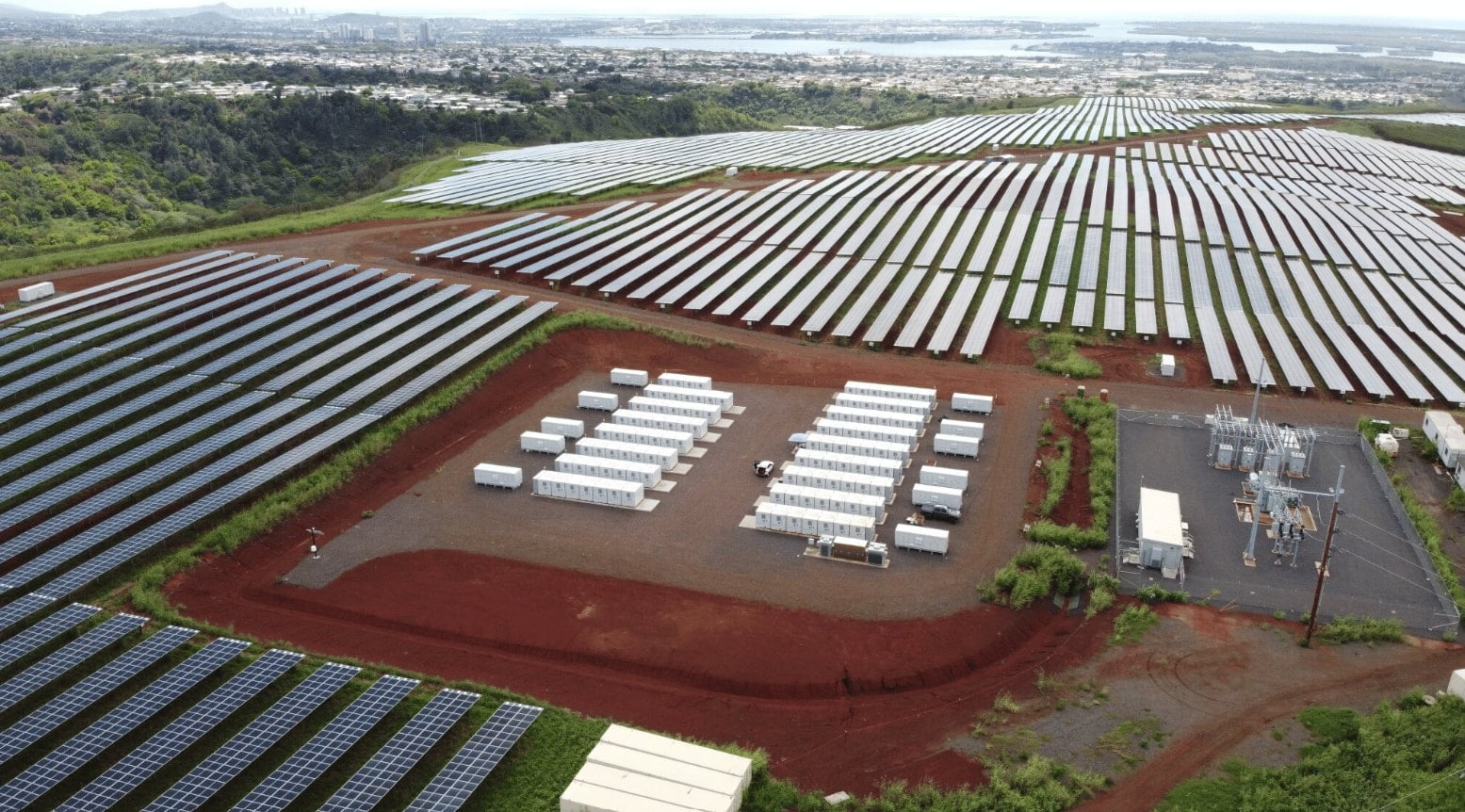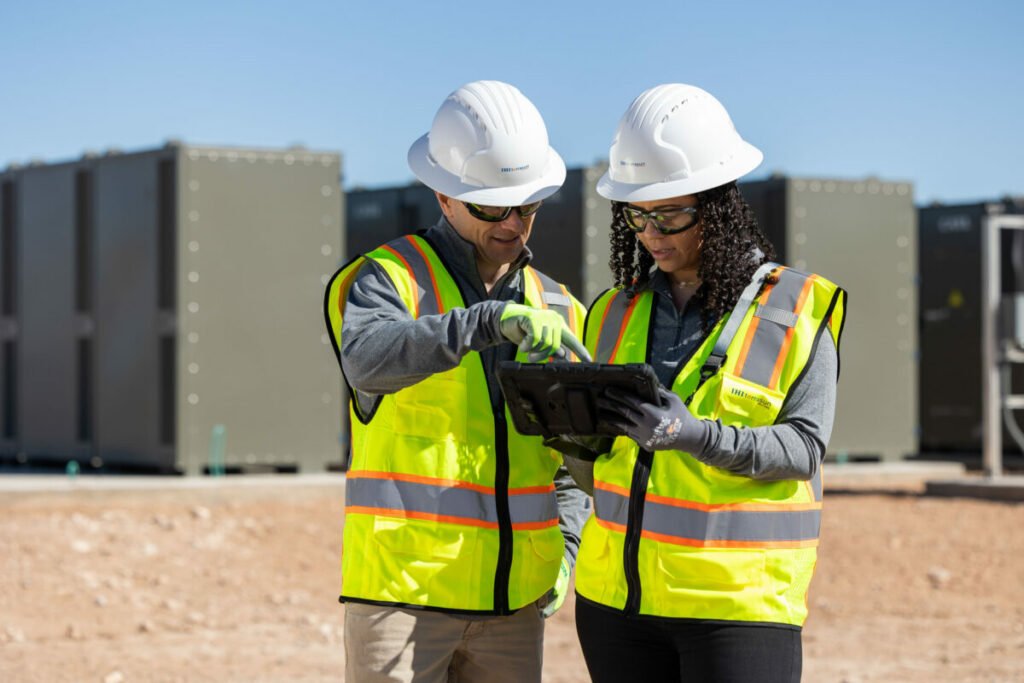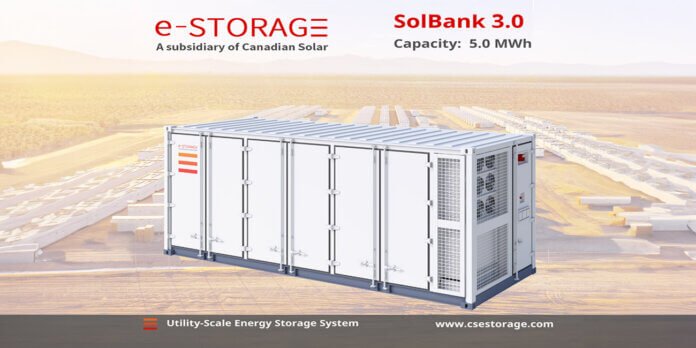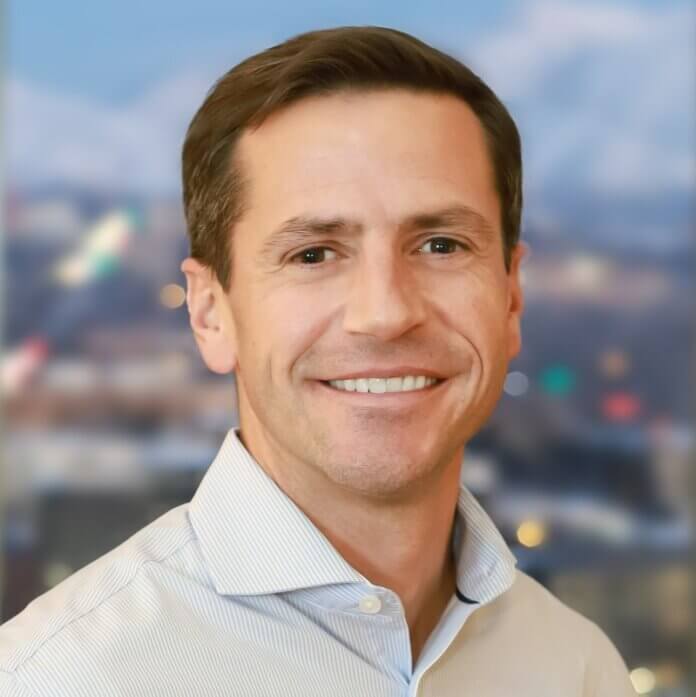Project owners and developers are increasingly focusing on the long-term success and sustainability of their investments because their return is directly tied to efficient maintenance of projects. Finding the right service providers to integrate, commission, and deliver field services across all project stages is therefore critical.
System integrators that are responsible not only for the initial integration but also for years of project maintenance, offer the most effective and efficient solution. With their in-house expertise in power plant software development and long-term services, they are positioned to provide smooth integration and can enhance the performance and availability of large-scale energy storage projects.
Deep experience and seamless communication essential
As any energy storage project owner knows, integration of lithium-ion energy storage system is a difficult task that requires careful coordination between project management, supply chain, commissioning, software development and maintenance teams.
Without effective and seamless communication across these teams, a project can face substantial risks and unexpected gaps in scope of responsibilities which can delay project deployment or impact performance.
Technology-agnostic system integrators excel at this work. Bringing experience with batteries from different manufacturers, their teams are better at problem-solving and fine-tuning batteries and inverters in commissioning and operations because they’ve seen a wide range of options.
Making projects work across a wide variety of operating conditions, performance curves, and idiosyncrasies in battery technology, integrators have the type of institutional knowledge that vertically integrated providers may lack.
The synergy between system integrators’ in-house power plant software developers and their field service teams is also valuable to the project’s performance in the long term. This collaboration and the full control over firmware development, revision, and updates enables real-time adjustments based on performance analytics, resulting in optimised operation and improved system availability.
Additionally, operational and equipment data provide insights into underperforming components, detection of which aids in proactive maintenance. Unified teams can address outages faster and more efficiently – they are all on the same team – and have a wider range of tools at their disposal than disparate teams from multiple vendors.
Integration must start at the earliest design phase
Gemini features 1.4GWh of battery storage alongside a 690MWac/966MWdc PV array. Image: IHI Terrasun
For owners and developers, the long-term success of a project starts in the earliest design and engineering phase. This is when system integrators can play a pivotal role by planning for future power & capacity maintenance, augmentation, and system upgrades. By allocating space, proper consideration of electrical design limits and resources for future enhancements, integrators who perform long term service agreements bring the full view of the project to the design phase.
A system integrator that will also be responsible for 20 years of project maintenance and augmentation has all the incentives to launch a project having dotted all the i’s and crossed all the t’s.
Batteries are expensive pieces of equipment and keeping them in optimal operation with minimal downtime will be the responsibility of the integrator’s service team. This reduces the potential for serious risks that can result when disparate suppliers are hired to perform design, integration, software updates, and field services.
Flexibility is the key. Innovating various methodologies of augmentation including AC-Coupled and DC-Coupled augmentation options expands unrivaled strategies to de-risk the project. This requires in-depth understanding of the initial system at the design phase including battery characteristics and PCS active and reactive power capabilities.
With limited understanding of how the system has been configured in the first place, there is potential for the developers and owners to require massive re-engineering for augmentation further in project life. Integrators with a deep understanding of the system design are well positioned to configure optimal augmentation strategies throughout the service life.
Strong vendor relationships lead to better maintenance over time
System integrators also maintain deep relationships with all major equipment vendors, offering another significant advantage to battery energy storage project owners and developers. These long-term relationships are critical when managing decades of operation, as parts may go out of service over a project’s lifetime or unexpected conditions might surface during commissioning.
Furthermore, when an integrator knows the project’s batteries inside and out, efficiencies gained on one project can be transferred to other projects. The same holds true with faults — a problem on one project can be resolved and avoided on other projects, due to the integrator’s gained knowledge, plus their involvement with long-term services and constant “eyes on the prize” mentality. This wealth of experience enables quicker responses to field failures and more efficient troubleshooting.
Strong vendor relationships play a key role in proactive power plant maintenance over time. Especially when augmentation is needed in later years to keep the project’s capacity above mandated levels, an integrator’s relationship with multiple battery and inverter vendors opens the door to the highly effective solutions for the best utilisation factors.
Efficiencies gained on one project can be transferred to another. Image: IHI Terrasun
System integrators with this depth and breadth of project experience are also better equipped to adapt to evolving battery technology.
When the team is constantly exposed to battery operation from different vendors, new battery models or technology can be adopted quickly. When project management, supply chain, commissioning, and software teams collaborate under one roof, they can enhance operational data capture.
That data — including vendor input, site patterns, and maintenance needs — directly impacts the ability to perform preventative maintenance, reducing downtime and increasing system availability. And the sheer number and variety of assets under management enable integrators to identify common problems across customer sites, streamlining maintenance processes and improving overall efficiency.
In an industry where precision and reliability are paramount, system integrators hire and train internal personnel who are the key to unlocking the full potential of energy storage systems. Choosing a system integrator with in-house service teams provides a comprehensive solution that ensures the optimal performance and longevity of energy storage installations.
About the Author
Ray Saka is the Vice President Business Strategy and Services at IHI Terrasun Solutions (IHI Terrasun), a system integrator of battery energy storage systems for utility scale projects. Saka is an expert in inverters and inverter-based resources with years of experience in renewable energy. He has worked extensively on new utility-scale storage project development, key partnerships, strategic business planning, competitive analysis, and innovative technology assessments for US renewable PV and energy storage markets.
Energy-Storage.news’ publisher Solar Media will host the 6th Energy Storage Summit USA, 19-20 March 2024 in Austin, Texas. Featuring a packed programme of panels, presentations and fireside chats from industry leaders focusing on accelerating the market for energy storage across the country. For more information, go to the website.
Continue reading










